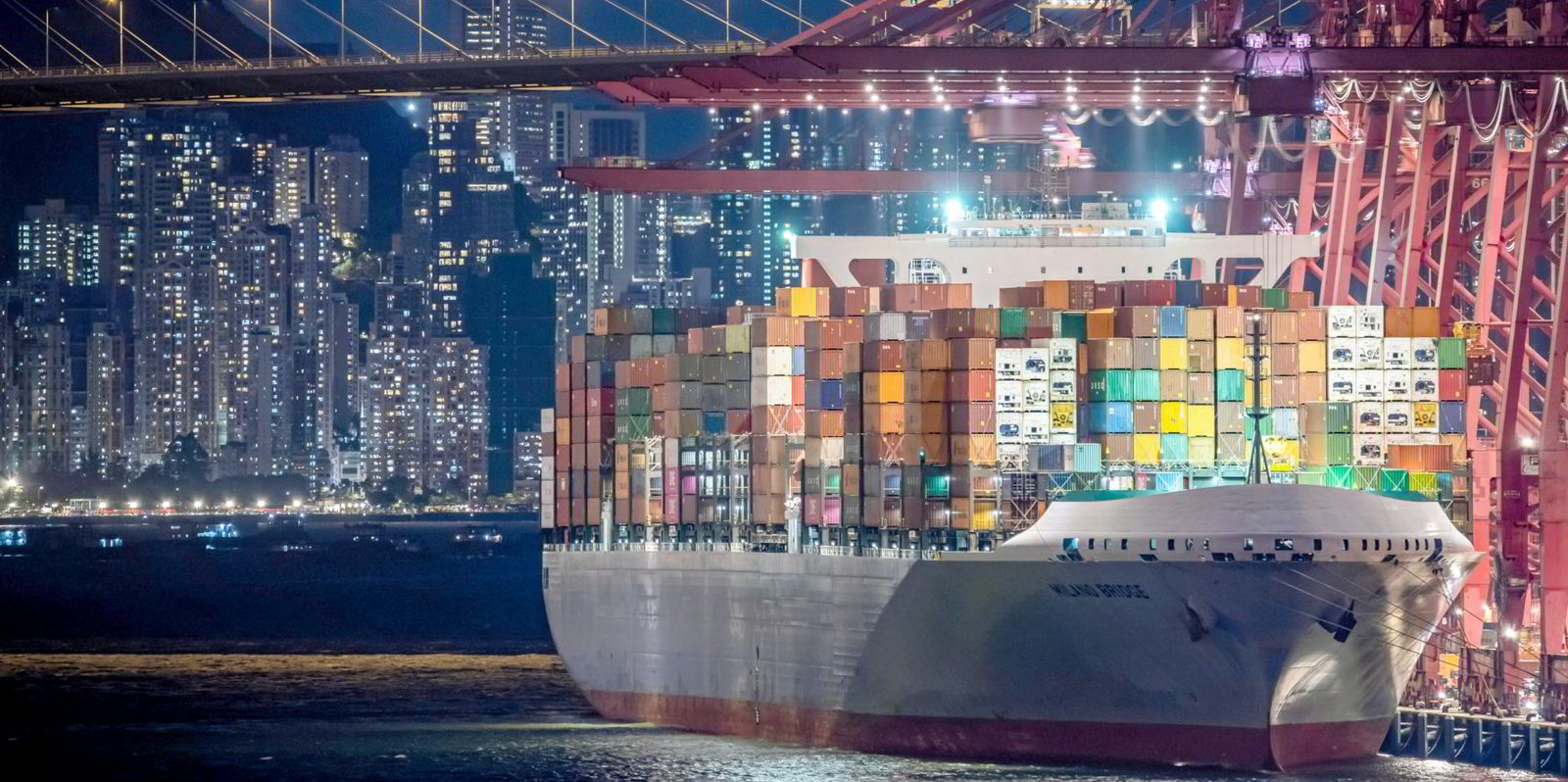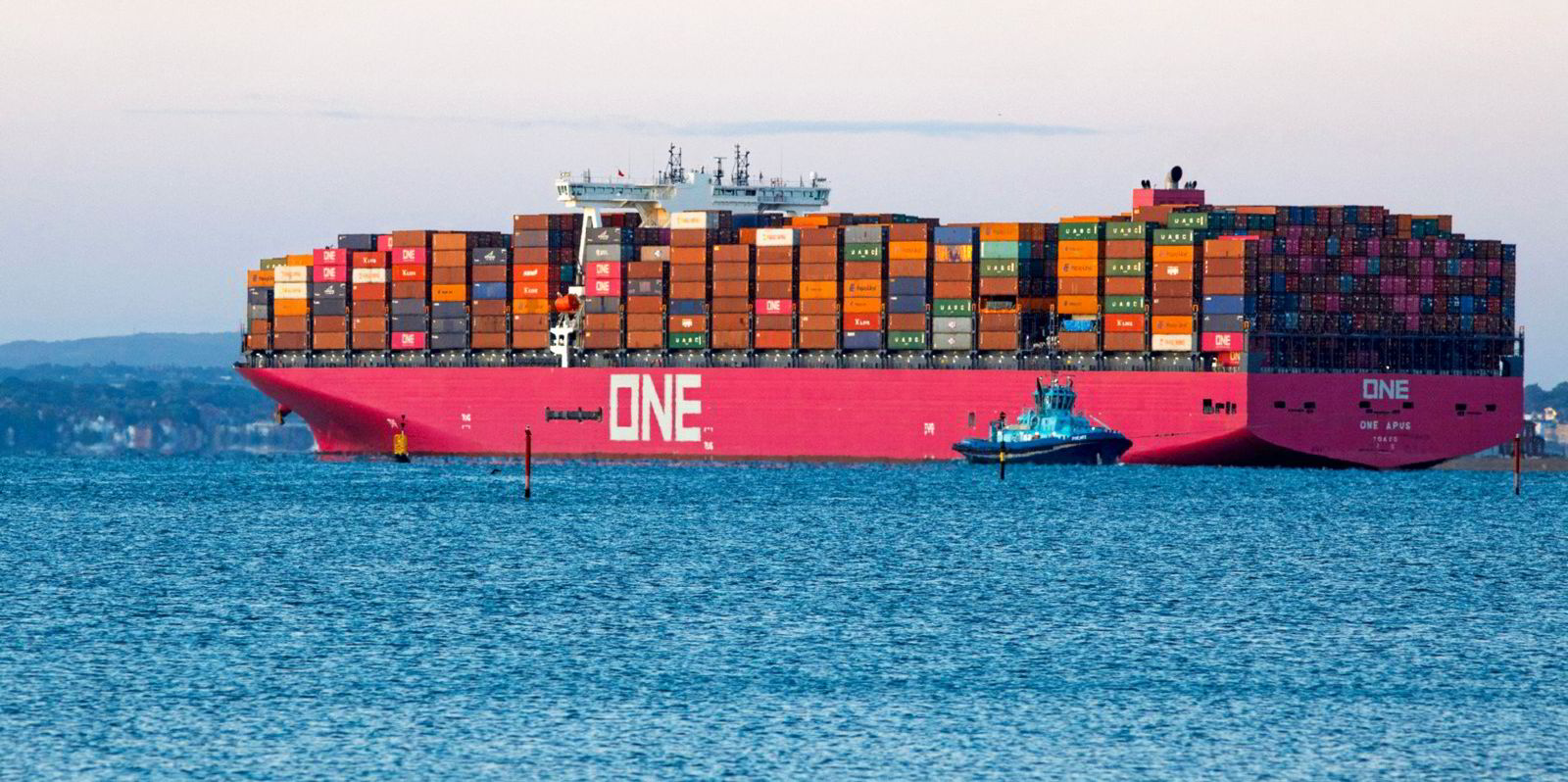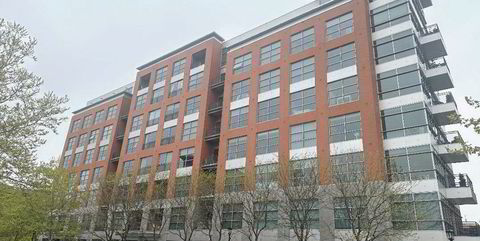The Japan P&I Club managed to turn a profit and boost its free reserves in a difficult underwriting year in 2020.
Releasing results for its 2020 financial year to the end of March 2021, the Tokyo-based insurer reported a post-tax income of ¥2.69bn ($24.4m), compared with a deficit of ¥1.23bn in the previous financial year.
Japan P&I’s combined ratio — which indicates its technical underwriting performance — was a loss-making 111.9%, compared with a smaller deficit of 105% in the previous year.
All protection and indemnity clubs reported technical underwriting losses in 2020, which proved to be an expensive year for claims.
However, Japan P&I’s average combined ratio over the last five years has been profitable at 97%.
The Japanese insurer used ¥1.39bn of its net income to boost its free reserves to ¥26.8bn.
Net premium income increased by ¥40m to ¥14.9bn, but claims costs also rose by ¥2.53bn to ¥13.24bn.
Japan P&I benefited from a 4.7% investment return amounting to ¥3.32bn, marking its highest investment income in the last five years.
Director General Shizuo Takahashi said: “This was because the investment account figures were assisted by a significant increase in income from interest and dividends and a gain on money held in trust, as well as foreign exchange gains.”
Japan P&I is currently changing the allocation of its investment assets by decreasing the proportion of bonds and increasing its equity funds.
Takahashi said his goal is to “improve our capital position further and acquire an 'A' rating”.
Japan P&I currently has a 'BBB+' rating with positive outlook from S&P Global Ratings.
The Japanese club applied a 10% general increase at the last February renewal. Takahashi said that members understood the need for an increase.
Burden to members
“The general increase might have been a burden on the members. However, many members were very understanding and supportive, which is greatly appreciated, and we managed to complete the renewal,” Takahashi said.
Meanwhile, Japan P&I's figures, however, indicate it has lost some tonnage.
It reported an entered fleet of 4,085 vessels in financial 2020, amounting to 97m gt. That compares with 4,198 vessels of 99.3m gt at the end of the previous financial year. Despite the overall drop in numbers, Japan P&I still managed to attract 6.4m gt in new oceangoing tonnage in 2020.

In a positive development, the mutual said it is moving away from its reliance on bulk carriers and has seen an increase in LNG and LPG carriers and containerships.
Costly claims
Japan P&I covers both oceangoing vessels and a so-called “Naiko” class of coastal vessel. It is the Naiko class that is the more costly in terms of claims.
Naiko claims within its own retention cost Japan P&I ¥971m last year, compared with ¥93m in claims related to oceangoing vessels.
Japan P&I was involved in some costly claims in 2020, including the loss of the 203,000-dwt Wakashio (built 2007) off Mauritius, and the collision of the 13,870-teu Milano Bridge (built 2018) with a container crane in Pusan.
There is also a potentially expensive general average claim pending from the loss of more than 1,000 containers from the 14,052-teu Ocean Network Express (ONE) boxship ONE Apus (built 2014) in January this year.







